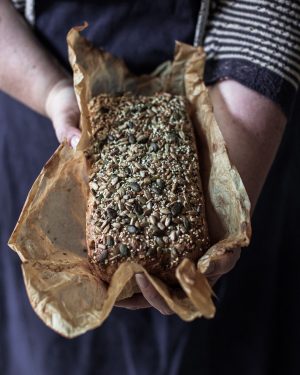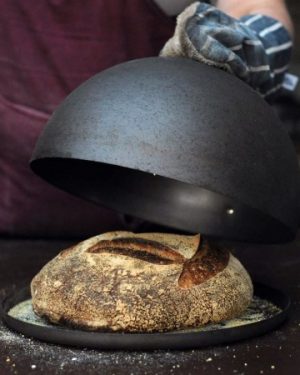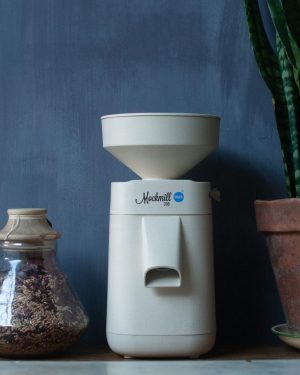What is real sourdough?
- Sourdough is the oldest way of making bread.
- It uses naturally occurring wild yeasts and lactic acid bacteria.
- Sourdough bread has a distinctive taste, which can be slightly to very sour depending on the type of lactic acid bacteria and the bread making process used to make the bread.
- Sourdough bread is made from flour, water and salt fermented using lactic acid bacteria and wild yeast.
- Sourdough bread is known in almost every country around the world. Each culture has a different name for it. The French call it levain, Italians call it lievito madre or lievito naturale, the Germans call it sauerteig, in Denmark it’s called surdej, the Spanish call it masa madre, and the Russians say zakvaska.
- Sourdough is both a verb and a noun. The word is used to describe the process of fermenting flour, water and salt to make bread, and as a name for the bread itself.
- There is no legal definition of sourdough. My definition is a bread made with live cultures that have been given the time to naturally ferment the dough, thereby producing bread that has been transformed through fermentation.
- To ferment bread, bakers culture and nurture a colony of symbiotic microbes, including lactic acid bacteria and wild yeast, both of which are naturally occurring in the environment.
What are the differences between real sourdough and fake sourdough?
The key differences between commercially produced, industrial bread and sourdough are –
Real sourdough is fermented by lactic acid bacteria.
The lactic acid bacteria produce two types of acid – lactic acid and acetic acid. It is a combination of these different strains and the production of these two acids that give the bread its sour tang and contribute significantly to the transformation of the nutritional profile.
The yeast is wild – there are many different. strains of yeast, whereas commercial baking uses just 3 strains of Saccharomyces Cerevisiae.
The time taken to ferment the dough – the Chorleywood process used in industrial baking means that a loaf of bread can be made in one hour. The sourdough process takes between 18 and 36 hours depending on the baker’s approach. The yeast produces carbon dioxide which is what makes the bread light and airy
Why does it matter if your sourdough is real or not?
Flavour
When a consumer has bought a sourdough flavoured loaf, they have been misled into purchasing an inferior product. The long slow fermentation is transformative on many levels. The flavour for example between a real and fake sourdough is significanly different. – Real sourdough is long slow-fermented and transformative. This give time for flavour to develop. and 196 volatile compounds have been reported in sourdough bread including 43 aldehydes, 35 alcohols, 33 esters.
Nutritional Profile
Vitamins & Minerals
Real sourdough is long slow-fermented and so almost all of the vitamins and minerals in the. flour are significantly more bioavailable.
Digestive issues – Short term – on the day
IBS
For certain people, the long slow fermentation is what makes the bread digestible. For example, ( 1 n 5) people suffer. with IBS ( Check facts & Add link) can be affected with digestive discomfort from FODMAPS. Real sourdough is long slow-fermented and this has been shown to reduce FODMAPS and so they are able to eat bread without pain, bloating or digestive discomfort.
Blood Sugar Management
Studies have shown that the rate of assimilation of carbohydrate in sourdough is reduced in comparison to yeasted bread. So the long slow fermentation may. well contribute to helping manage blood sugar.
NCGS
Long term – over a lifetime
Gut health
Satiety







 About the Sourdough School
About the Sourdough School